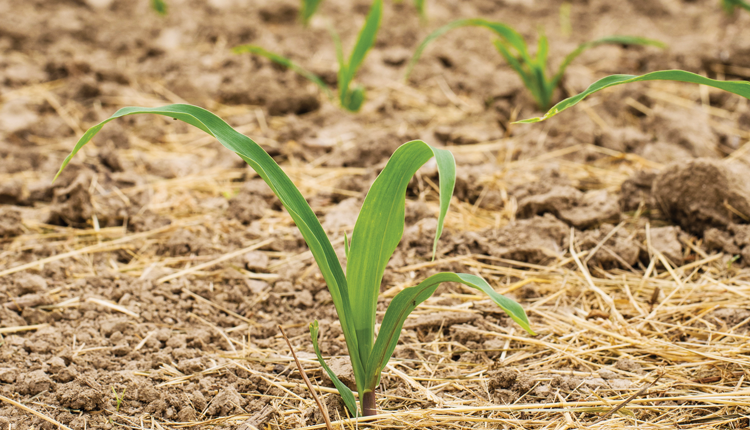
Continued low milk prices make cost control essential on dairy farms. Milk prices may improve in the second half of the year, but it’s going to be somewhat longer before they reach profitable levels.
While crop inputs are a significant portion of farm expenses, dairy farmers have a big advantage over crop farmers in that they have a highly plant-available source of nutrients: cow manure.
If you’ve been reading this column for a while, you’ve probably seen our reference to dairy manure as a “multivitamin for plants.” That’s because — unlike most commercial fertilizers — manure not only contains the major nutrients nitrogen, phosphorus, and potassium, but a host of secondary and micronutrients as well. Manure also contains organic matter, which helps maintain soil health and improves soil structure.
Any nutrients and fiber components in dairy cow rations that aren’t used for animal growth or milk production are excreted in the manure. Since most dairies purchase and include minerals and concentrates in their rations, manure is a great source of “external” micronutrients (those coming from off the farm) such as zinc that may be deficient in native soils. Research has found zinc deficiencies in corn to be less common in fields that receive regular manure applications.
Remember the ratios
One of the limitations of dairy manure is that the ratio of nitrogen, phosphorus, and potassium seldom allows it to be the sole source of nutrients for field and forage crops. For instance, if you topdress dairy manure at a rate that fully meets the potassium (K) needs of alfalfa, soil test phosphorus levels may eventually rise enough to become an environmental risk as well as a regulatory challenge for dairies subject to CAFO (concentrated animal feeding operation) requirements.
A similar situation could result if dairy manure is used to supply the entire nitrogen (N) requirement for corn production, which would slowly but steadily elevate soil phosphorus (P) levels. Therefore, nutrient management plans on a dairy farm begin with sound manure practices to optimize P, and then supplemented with commercial fertilizer where needed.
The ration matters
The concentration of phosphorus in manure is influenced by the amount of phosphorus in the dairy ration. Therefore, additional flexibility in manure application rates is possible by monitoring (and where possible, reducing) the phosphorus content of dairy rations.
Most dairy nutritionists recommend that lactating cow rations contain no more than 0.42 percent P since a range of 0.32 percent to 0.36 percent P is considered adequate for reproductive efficiency and high milk production. Yet, many herds continue to feed rations containing over 0.45 percent P, costing the farmer at least $10 more per cow per year in mineral costs and resulting in high levels of P in the manure.
In one New York case study, reducing total dietary P for lactating cows from 0.40 to 0.42 percent to 0.35 to 0.38 percent resulted in a 64 percent reduction in manure P levels. Therefore, what appears to be a fairly small change in ration P can make a big difference in the amount of phosphorus in the manure and money in the pocketbook.
Fortunately, long-term trends indicate that P in dairy rations, and thus dairy manure, is being reduced. Having lower levels of phosphorus in manure means that higher rates can be applied to supply N, P, K, and micronutrients to crops.
Dairies with liquid or slurry manure storages should consider sampling manure two to three times during the unloading process, after they agitate the manure. If agitation stops prior to emptying the pit, manure solids begin to settle out. This changes the ratio of P and K between the solid and liquid portions of dairy manure where solids are higher in P and liquids are higher in K.
Farmers can use this to their advantage by applying the high solids content manure to fields that are lower in soil test P, and applying the lower solids content manure to fields where P levels are already adequate.These are usually the fields closest to the cow barn!
Test, don’t guess
Farm fertilizer programs should be based on recent soil analyses. “Recent” may mean once every three years to comply with CAFO requirements, but if big changes are occurring in a field, either because of high manure application rates or unusually high crop yields, it may be advisable to sample more frequently.
The “test, don’t guess” recommendation also applies to manure analysis. While an untidy job, sampling each distinct source of manure is important to most efficiently use this “waste product” as a nutrient source. Finally, test your on-farm forages for P and K to understand how they may be influencing a ration.










